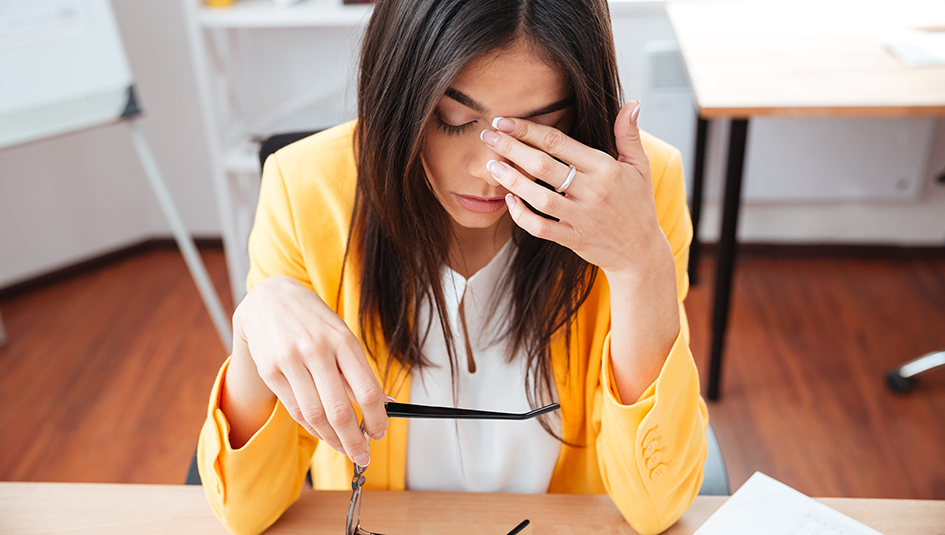The Diabetes Emotional Roller Coaster

A day for a person with diabetes like myself is broken up into a series of peaks and valleys, when it comes to both blood sugar levels and emotional stability. Too often, we address the former without paying attention to the latter. I find, however, that the two are more intertwined than even I would care to admit. Treating Type 1 diabetes often includes a series of frustrations and setbacks, and how I view these setbacks determines how well I circumvent them.
Let me walk you through the process when a day of mine goes off the rails. Actually, how my day unfolds begins with the night before. On this night in question, I check blood sugar levels once before retiring to the pillow and it reads well within limits. During the night, for whatever reason, I have some uncomfortable dreams and I wake up several times. When shutting off the alarm clock in the morning, I test my blood sugar, and now it has gone from “good to go” to “I need more medication right now.” Most would write it off to dawn phenomena and say the liver dumped stored sugar to start the day with energy; that may be, but it’s still a mess I need to clean up.
I have now started the day confused, and I get angrier the more I think about it. My frustration stems from the fact that I am following to the letter what I need to do to control my diabetes, and it is not working. This continues day after day and I try many things to correct my metabolism, but I only achieve limited success for my efforts. And those bad blood sugars are stacking up for the next A1C test.
I round out my pre-morning routine with insulin adjustments, food, and some exercise before I get out the door. Except…I forgot the paper and my testing supplies. I am now mildly irritated with myself, and way more than mildly irritated with diabetes.
I notice that when I think about my shortcomings I find my blood sugar is rising. And the longer my sugars are high, the less focused I become on the world around me. Also, the higher my blood glucose goes, the angrier I become. Most of the time I don’t recognize the black cloud over my head until someone asks, “Why are you in such a bad mood?”
These emotions can end relationships, both personally and professionally, and I know I have to be always aware of how I’m trending emotionally. I don’t always catch myself in time and I’ve caused some damage. If I can catch myself and I can get my blood sugar readings closer to normal levels, I feel more connected to life and I can identify the pattern in the wreckage of the day. Alongside monitoring my blood glucose levels, I make sure to use meditation and breath control to press the reset button on my emotional moods, as well as to monitor my feelings. I set aside at least five minutes a day for focused meditation, and then I use breath awareness to gauge my mood throughout the day. If I am breathing shallow, I know that I am getting frustrated, and I then set aside time to collect myself. If am breathing fully and regularly, then I know I am in a good place.
How my day goes largely depends on if I can identify my emotional reaction to the first curveball that diabetes throws in the day. If I can stop and reset myself, I can correct and go on with my day. If I can’t, I feel strapped into an emotional roller coaster ride. Through trial and error, I’ve found it’s imperative that I build in time to check in on my emotional state when I’m checking my blood sugar levels. The two go hand in hand, and I can’t treat one without treating the other.
Thanks for reading this Insulin Nation article. Want more Type 1 news? Subscribe here.
Have Type 2 diabetes or know someone who does? Try Type 2 Nation, our sister publication.







